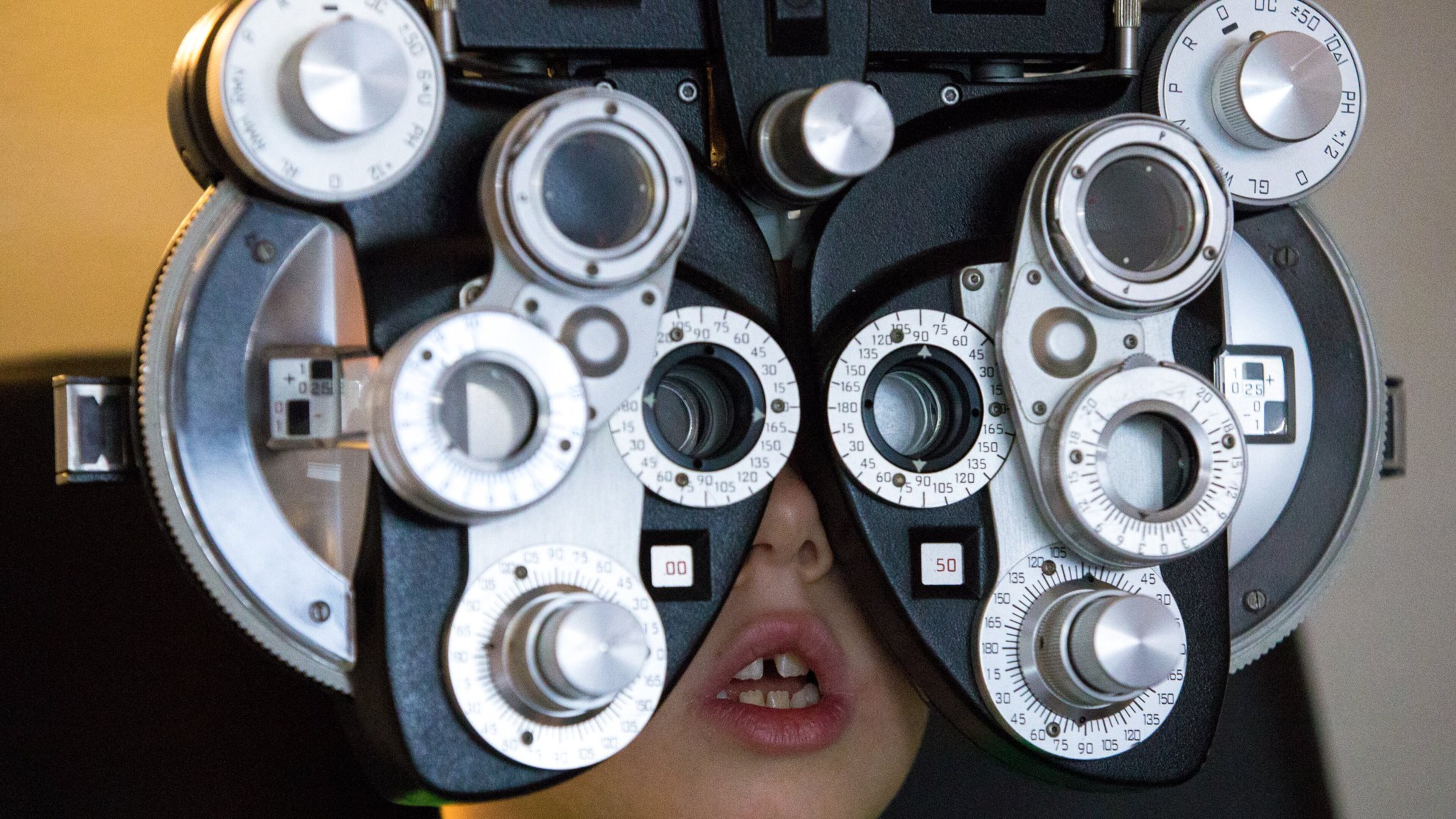Why your child probably needs another eye exam

Pop quiz: What affects a quarter of all school-age children, yet often goes untreated? Pencils down.
The answer has to do with eyesight.
Dahlonega native Dr. Keylee Brown, an Atlanta-area optometrist, recently spoke with The Atlanta Journal-Constitution about how school can often be an eye opening experience for parents of children with undiagnosed vision disorders. From squinting at the board to slipping grades and frequent headaches, many signs of vision impairment can first show up in the classroom — sometimes even mimicking learning disabilities.
“I think my biggest messaging is to get them in for an eye exam,” she told the AJC. And one exam isn’t enough, either.
“Have them regularly come in and get screened or get a full comprehensive eye exam,” she added.
School vision screenings can miss things
Schools offer screenings to help identify students’ vision issues, but the examinations don’t always ace the task.
According to a 2019 American Optometric Association report, school vision screenings missed up to 75% of students with vision problems. Brown said it’s important that parents still take the results seriously, but they’re not the same as a comprehensive examination from an optometrist.
“I will say, I’ve seen an increase in the technology that they’re using in school screenings now,” she said.
The most common test is for visual acuity. Patients are asked to close one eye and then read letters on a distant paper chart. The letters reduce in size with each passing line, assessing the patient’s ability to see distant images. There’s far more to determining a student’s vision impairments and potential disorders, though.
“But I’ve seen recently, at the school screenings, they have an automated device that gives you a printout and it checks for alignment and it checks for refractive error, so there is improvement on the screening side that I have seen,” Brown said.
She noted that parents can bring their child’s vision screening results to their next eye exam.
“Parents need to know that we need to make eye exams part of a back-to-school routine,” Brown said. “Especially if the parents have never had any eye issues; they might not think about it themselves to take their children.”
Vision disorders in children are quite common
The AOA reported 25% of school-age children have a vision disorder. These can range from myopia (nearsightedness) to astigmatism. Left untreated, refractive errors like these can cause amblyopia, better known as “lazy eye.” Vision problems can also mimic learning disorders like ADHD, leading to a potential misdiagnosis. According to a 2016 study of 75,171 U.S. children, kids with vision problems were twice as likely as other children to be diagnosed with ADHD.
“I think it’s important to note that kids might not understand or be able to tell a parent that they don’t see well,” Brown said. “Because that’s their norm, that’s all they’ve seen. Their whole entire life is blurry. They don’t realize that there could be a difference, so I’m a huge advocate of getting children in for an eye exam at an eye doctor, not just a pediatric screening.
“Also, at the eye doctor, we’re checking the whole health of the eye. There could be other things that we’re seeing in the health of the child’s eye that would be missed in just a basic screening.”
When to schedule an eye exam
According to a 2019 report from the AOA, around 61% of children flagged for eye problems in a vision screening never visited a doctor for further help. Fewer than 15% of preschool children had received an eye exam, either. So, how often should your child be tested?
The AOA recommends children ages 3-5 receive a thorough in-person eye examination from an optometrist to ensure healthy eye development and no evidence of disease. From 6 to 18 years old, it recommends your child receive an eye examination every year as a back-to-school essential.
Brown added that parents should also schedule an appointment with their child’s optometrist if they notice their kid is squinting, rubbing their eyes frequently, having to move closer or further away to see objects clearly or having headaches possibly caused by eye strain.
“It’s just good to check,” she said. “Because even if you don’t find anything, at least you have peace of mind.”


